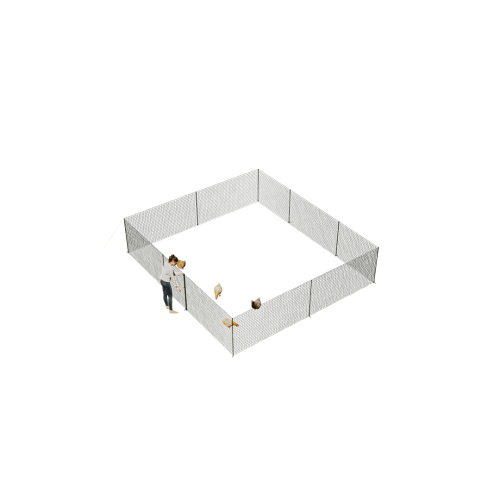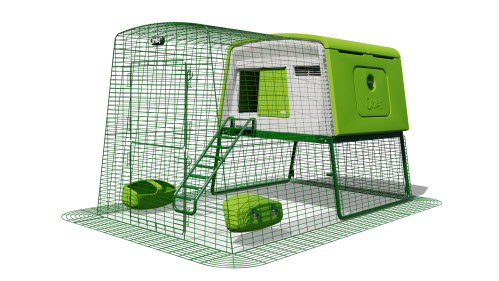Marsh Daisy høne
Marsh Daisy History
John Wright and Charles Moore of Lancashire created the Marsh Daisy from a mixture of breeds between 1880 and 1913. The breed consists of blood from Old English Game bantam, cinnamon Malay hens, black Hamburgh/White Leghorn cross hens, Pit Game Cock and Sicillian Buttercups. The Marsh Daisy copes admirably with swampy, marshy land and that is where the name comes from as Charles Moore supposedly first saw one on marshy ground at John Wright’s home. The breed was almost lost into extinction but a flock was discovered in Somerset in the 1970s where it was thriving. However, it is still a very rare breed today. It is a small bird for a heavy breed and is seen in several colour varieties, all having a large rose comb, white earlobes, willow green legs and horn coloured toenails. The tail is held at 45' and the breast is nicely rounded. They are very similar in build to the game birds. The plumage of the male is gold turning to red then black towards the tail, which has black sickles. The female is wheaten with neck hackles which are chestnut edged with black. The eyes are red and the rose comb is bright red. They make excellent table birds with well-flavoured flesh. There is no bantam version.
Marsh Daisy Behaviour
The Marsh Daisy is a hardy bird, which is well suited to free ranging, as it is an excellent forager. They are long-lived birds and are good layers of tinted eggs. They also make excellent broodies. They are upright, active birds that are very well suited to swampy and marshy ground. Due to interbreeding over the years when the breed almost disappeared, the males often have heart problems and some never reach more than 3 years of age. Males weigh around 6-7 lbs while the females are 5-6 lbs.
Marsh Daisy Varieties
Brown, wheaten and buff. There were also black and white varieties but these have more or less disappeared over the years and may now be extinct. Wheaten is the most commonly seen variety today.
Marsh Daisy Status
Rare
Billeder af Marsh Daisy
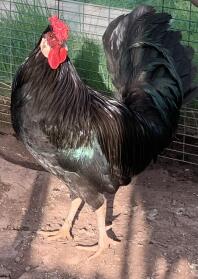
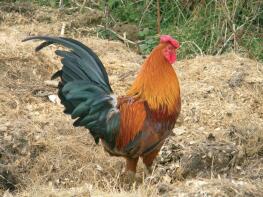
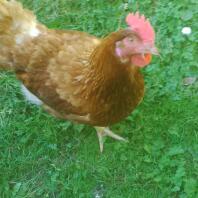
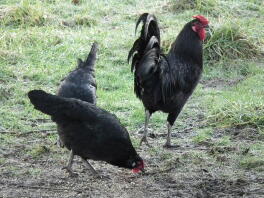
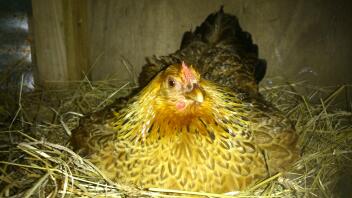
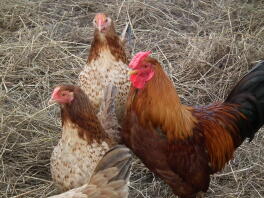
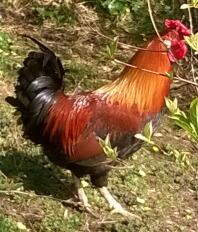
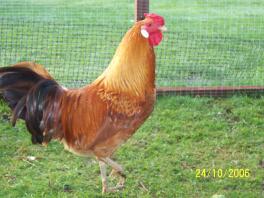
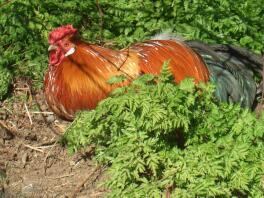
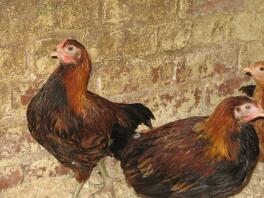
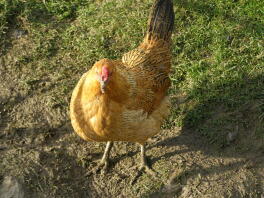
Marsh Daisy For Sale
Please note:
Alle dyr anført her er kun til afhentning. De kan ikke leveres af sælger eller af Omlet. Sælgeren sender dig deres kontaktoplysninger for at arrangere betaling og afhentning.
Sell Yours Here
det er gratis
Sorry, there are currently no Marsh Daisy listed for Sale
Latest Reviews For Marsh Daisy
There are not yet any reviews for this breed. Click here to write one.



